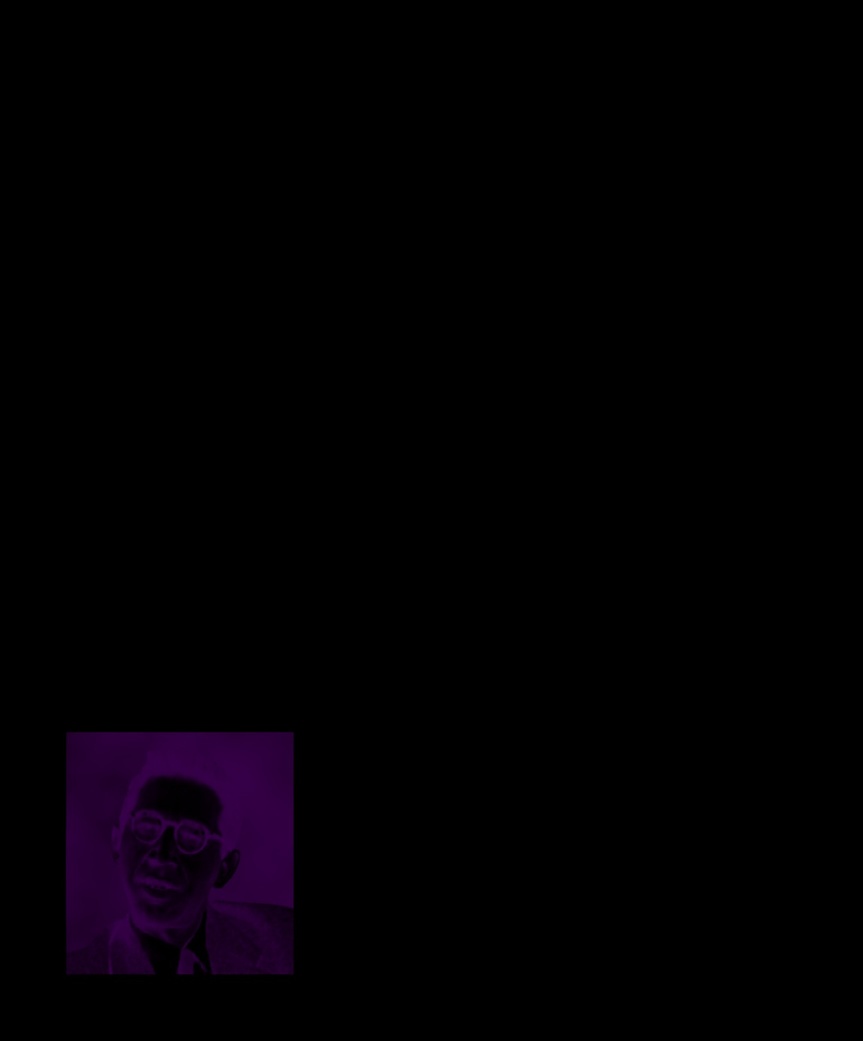The Psychology Book (53 page)
Read The Psychology Book Online
Authors: Unknown

166
A MAN WITH
CONVICTION
IS A HARD MAN
TO CHANGE
LEON FESTINGER (1919–1989)
IN CONTEXT
If we hold
strong beliefs
that are undermined
BRANCH
by
evidence to the contrary
…
Cognitive psychology
APPROACH
Learning theory
BEFORE
1933
Gestalt psychologist Kurt
…we find ourselves in an uncomfortable state of
“cognitive dissonance
.
”
Lewin leaves the Berlin School
of Experimental Psychology
and emigrates to the US.
AFTER
1963
Stanley Milgram
If we
accept the contradiction
, this
publishes his experiments on
causes
further inconsistency
between our
willingness to obey authority
past and present beliefs.
figures, even when orders
conflict with one’s conscience.
1971
Philip Zimbardo’s
Stanford prison study shows
how people adapt to the roles
they are assigned.
So instead we may find ways to
make the new
evidence consistent
with our beliefs.
1972
US social psychologist
Daryl Bem proposes the
alternative self-perception
theory of attitude change.
1980s
Elliot Aronson defends
Festinger’s theory, conducting
A man with conviction is a hard man
experiments into initiation rites.
to change.

COGNITIVE PSYCHOLOGY 167
See also:
Kurt Lewin 218–23 ■ Solomon Asch 224–27 ■ Elliot Aronson 244–45 ■ Stanley Milgram 246–53 ■
Philip Zimbardo 254–55 ■ Stanley Schachter 338
“cognitive dissonance.” He reasoned
their prediction and consequent
that the only way to overcome this
cognitive dissonance would cause
B
y the end of World War II,
social pscychology had
become an important field
discomfort is to somehow make the
cult members to abandon their
of research, spearheaded in the US
belief and the evidence consistent.
beliefs, the opposite occurred. As
by Kurt Lewin, the founder of the
the day of reckoning drew near,
Research Center for Group Dynamics
Unshakeable conviction
another “message” came through,
at the Massachusetts Institute of
After reading a report in a local
declaring that, due to the group’s
Technology in 1945.
newspaper in 1954, Festinger
dedication, the world was to be
On the staff at the center was
saw an opportunity to study the
spared. Cult members became even
one of Lewin’s former students, Leon
reaction to just such a cognitive
more fervent believers. Festinger
Festinger. Originally attracted by
dissonance. A cult claimed to have
had anticipated this; to accept the
Lewin’s work in Gestalt psychology,
received messages from aliens
contradictory evidence would set
he later took an interest in social
warning of a flood that would end
up an even greater dissonance
psychology. In the course of his
the world on December 21; only
between past belief and present
research, Festinger observed that
true believers would be rescued by
denial, he argued. This effect was
people continually seek to bring
flying saucers. Festinger and some
compounded if a great deal
order to their world, and a key part
of his colleagues at the University
(reputation, jobs, and money) had
of that order is consistency. To
of Minnesota gained access to the
been invested in the original belief.
achieve this, they develop routines
group, interviewing them before
Festinger concluded that
and habits, such as establishing
the designated apocalyptic date
cognitive dissonance, or at least
regular mealtimes and choosing
and again afterward, when the
the avoidance of it, makes a man
favorite seats on their daily
events had failed to transpire.
of strong conviction unlikely to
commute to work. When these
The now-famous Oak Park
change his opinion in the face of
routines are disrupted, people feel
study of this group, written up by
contradiction; he is immune to
very uneasy. The same is true, he
Festinger, Henry Riecken, and
evidence and rational argument. As
found, of habitual thought patterns
Stanley Schachter in
When
Festinger explains: “Tell him you
or beliefs. If a very strong opinion is
Prophecy Fails
, describes the
disagree and he turns away. Show
met with contradictory evidence, it
reaction of the cult members.
him facts or figures and he questions
creates an uncomfortable internal
Where common sense might lead
your sources. Appeal to logic and
inconsistency; Festinger called this
us to expect that the failure of
he fails to see your point.” ■
Leon Festinger
Leon Festinger was born in
cult predicting the end of the
Brooklyn, New York, to a Russian
world. He moved to Stanford
immigrant family. He graduated
University in 1955, continuing
from City College of New York in
his work in social psychology,
1939, then studied at the University
but in the 1960s he turned to
of Iowa under Kurt Lewin, finishing
research into perception. He
his PhD in Child Psychology in
later focused on history and
1942. After spending the later
archaeology at the New School
years of World War II in military
for Social Research in New York.
training, he rejoined Lewin in 1945
He died of liver cancer, aged 69.
at the Research Center for Group
Dynamics at the Massachusetts
Key works
Institute of Technology (MIT).
It was during his appointment
1956
When Prophecy Fails
as professor at the University of
1962
A Theory of Cognitive
Minnesota that Festinger made
Dissonance
his famous Oak Park study of a
1983
The Human Legacy

THE MAGICAL
NUMBER 7
PLUS OR MINUS 2
GEORGE ARMITAGE MILLER (1920– )


170 GEORGE ARMITAGE MILLER
IN CONTEXT
APPROACH
Before information is
Memory studies
stored in long-term memory,
it is processed by
BEFORE
working memory
.
1885
Hermann Ebbinghaus
publishes his pioneering book
Memory: A Contribution to
Experimental Psychology
.
1890
William James makes
Working memory has a
the distinction between
limited capacity
—about
primary (short-term) and
seven (plus or minus two) elements.
secondary (long-term) memory
in
The Principles of Psychology.
1950
Mathematician Alan
Turing’s test suggests that a
computer can be considered
If individual “bits” of information
a thinking machine.
are
organized into “chunks”
(meaningful patterns) of information
AFTER
they are easier to store.
1972
Endel Tulving makes the
distinction between semantic
and episodic memory.
2001
Daniel Schacter proposes
a list of the different ways we
Working memory
misremember in
The Seven
can then hold
seven (plus
Sins of Memory
.
or minus two)
of these larger
chunks of information.
and introduction, Miller had a
advances in computer science
serious intent, and the article was
had brought the idea of artificial
G
eorge Armitage Miller
once famously complained:
“My problem is that I have
to become a landmark of cognitive
intelligence closer to reality, and
been persecuted by an integer.
psychology and the study of working
while mathematicians, such as Alan
For seven years this number has
memory (the ability to remember
Turing, were comparing computer
followed me around.” So begins his
and use pieces of information for
processing with the human brain,
now famous article
The Magical
a limited amount of time).
cognitive psychologists were
Number Seven, Plus or Minus Two:
Miller’s paper was published in
engaged in the converse: they
Some Limits on our Capacity for
The Psychological Review
in 1956,
looked to the computer as a
Processing Information
. He goes on:
when behaviorism was being
possible model for explaining the
“There is… some pattern governing
superseded by the new cognitive
workings of the human brain. Mental
its appearances. Either there really
psychology. This fresh approach—
processes were being described in
is something unusual about the
which Miller wholeheartedly
terms of information processing.
number or I am suffering from
